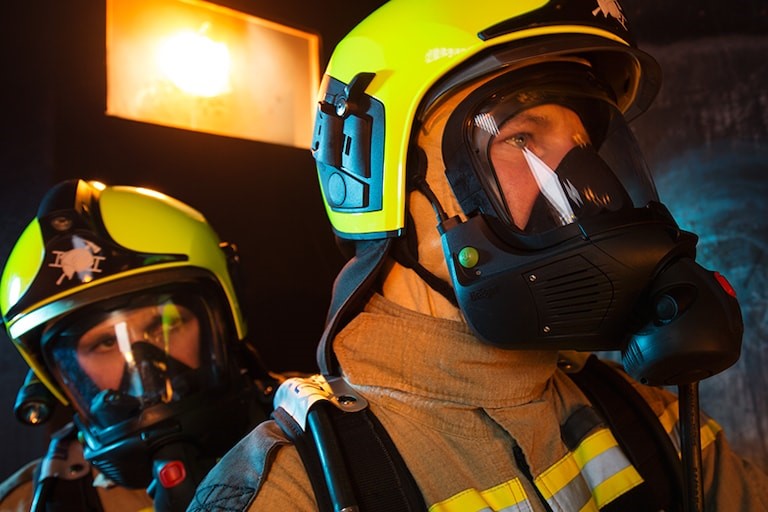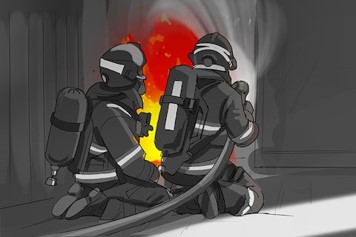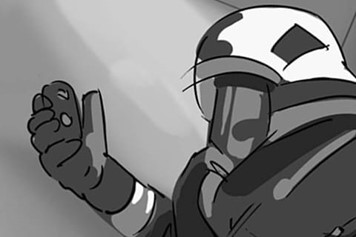At your side: supporting you to go in prepared
When it comes to protecting and saving lives, there are many challenges you face every day. When responding to those challenges, you have to be able to depend on your knowledge and experience plus the quality of your equipment. We know that you have to expect the unexpected every time you answer a call – and we’re committed to protecting you every step of the way. That’s why we offer system solutions that you can rely on, from the first to the last moment of every mission.
Incident
No two firefighting operations are the same. However, one thing always remains constant: in order to save lives, firefighters must first protect their own lives. Therefore, the equipment they select has to be robust, reliable and fail-safe even in demanding conditions, and firefighters must be familiar with their equipment.


Our Strengths
During the development and production of Dräger equipment, we ensure four main capabilities: Usability, Connectivity, Safety+ and Serviceability. Learn more about what that means for you, your department, and the community you protect. If you want to know what you can expect from each, and how it can give you more peace of mind in daily work life, take a closer look.
Downloads
Accountability: Automated monitoring systems
Continuous respiratory monitoring of firefighters must be conducted safely and quickly during an incident. It is time consuming, creates room for error and blocks radio channels between the squad and incident control. Automated monitoring systems can alleviate this burden and can help fire departments increase efficiency and safety during a call.
Save time and avoid registration errors
Today, registration is often carried out manually, which is error-prone and costs time. With the help of telemetry-based systems, this process can be automated. As soon as the cylinder valve is opened, the SCBA users are registered in the monitoring system.
Focus on your actual tasks
During a call, incident command must always be informed about the remaining cylinder pressure of all SCBA users. This is done by repeated radio conversation between the two groups. The constant data exchange of automated monitoring systems removes this process and the need for manual reporting. Both team and command remain focused on their mission objective without interruption to their tasks
Better accessibility in emergencies
By eliminating the need for regular reporting of remaining cylinder pressure, radio frequencies are free for mission-critical information. Automation also ensures effective information exchange and time savings in emergencies.
It reports motionlessness of a firefighter directly to incident command as soon as it occurs. Furthermore, command can send an evacuation order to all teams in case a structure loses its integrity – without relying on verbal radio communication.



